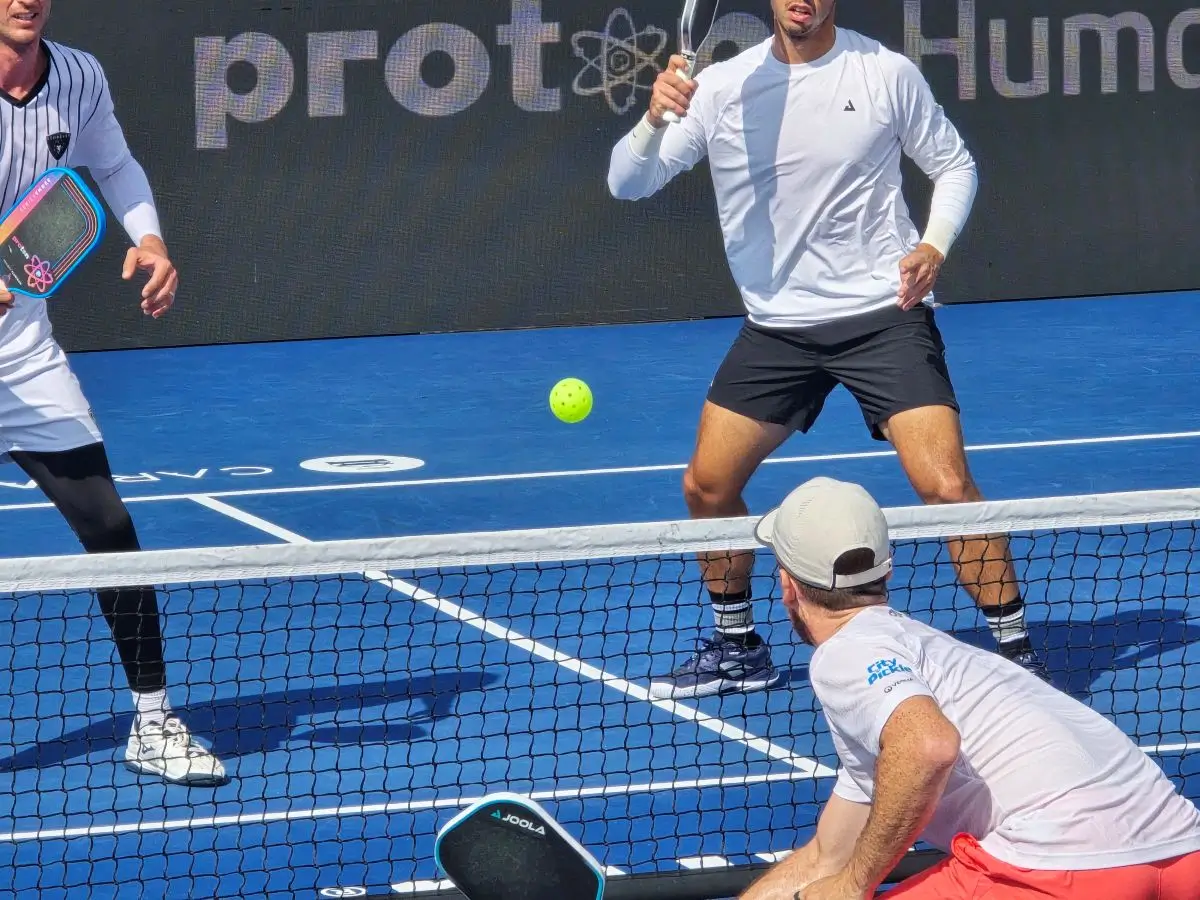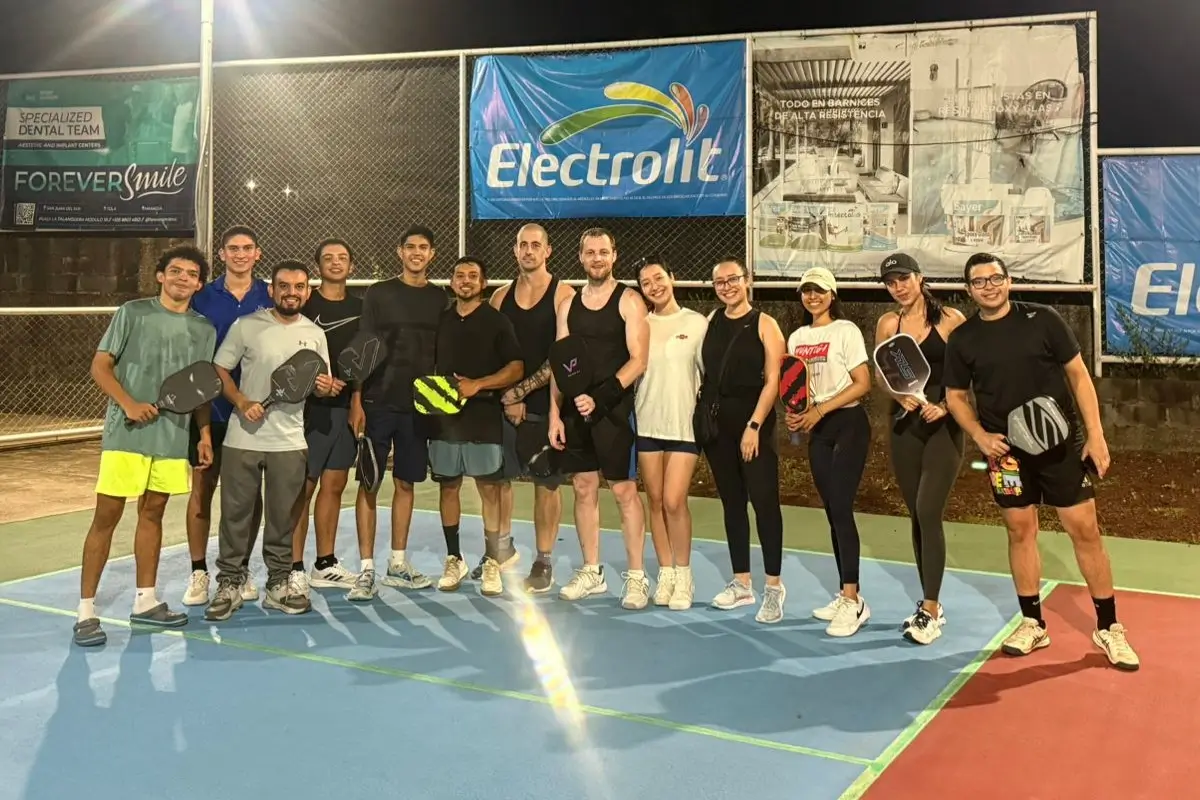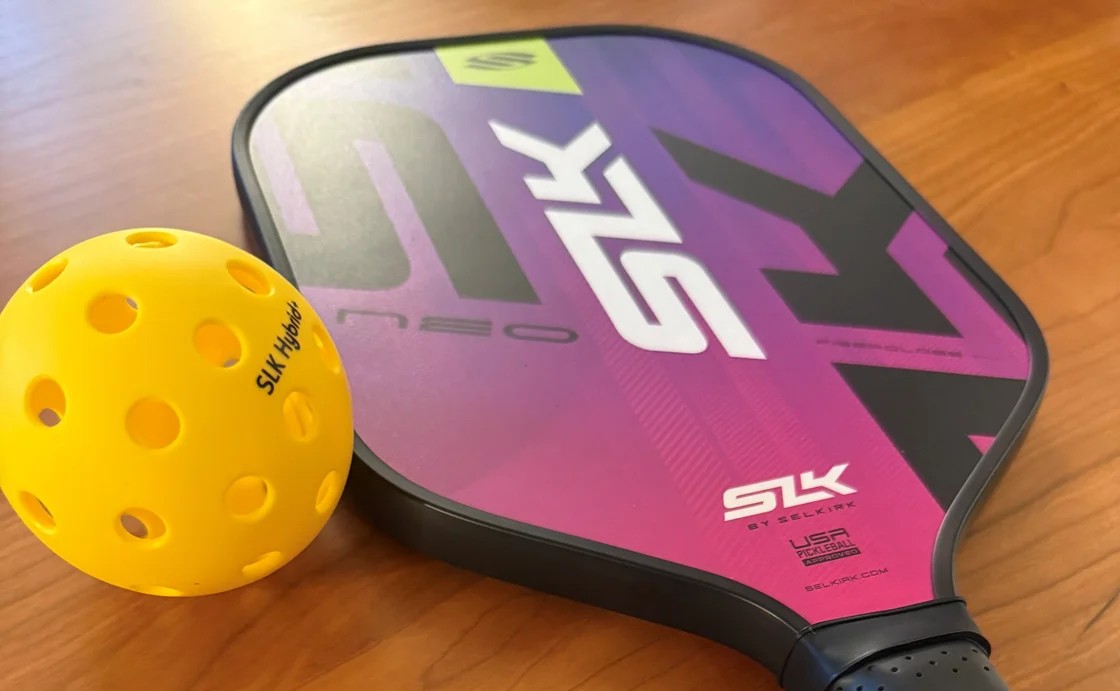Why Helios Pickleball in Manila Is a Game Changer for Asia’s Sports Economy and Global Pickleball
Helios Pickleball in Manila marks Asia’s first pro pickleball complex, driving economic growth and industry momentum. This landmark project signals the rise of a larger global pickleball industry—creating opportunities for local businesses, drawing international events, and paving the way for world-class facilities across Asia and beyond. As the sport explodes in popularity, investments like Helios highlight pickleball’s evolution from niche pastime to billion-dollar global industry.

When West Shaw of Johns Design & Consulting recently chronicled the ambitious birth of Helios Pickleball in Manila, Asia's first pro-level pickleball center, he touched on profound economic principles articulated in Henry Hazlitt’s classic work, Economics in One Lesson. Hazlitt makes clear that when private capital is invested in a project like Helios Pickleball, its effects radiate far beyond the initial construction or operation. Such investments set off a chain reaction, which we'll discuss in this article. The important lesson is that the true impact of private investment lies in these knock-on effects, as resources and opportunities flow outward into the wider economy.
How Helios Pickleball Can Create Jobs and Economic Opportunities in Manila
The creation of Helios Pickleball, an eight-story, 25-court, professional-grade pickleball complex at Robinsons Land Corporation’s Bridgetowne Destination Estate in Pasig City promises to be a venture with considerable economic benefits. Scheduled for completion in 2027, it will involve significant direct employment through construction, facility management, and event staffing, while offering Filipinos an engaging new recreational activity. Yet, deeper consideration reveals broader economic ripples (things like benefits, opportunities, and growth that extend beyond the visible).
In addition to direct employment, for example, the joint venture between Robinsons Land and Kosmas Athletic Ventures Corporation (KAVC) will most likely stimulate ancillary industries around Metro Manila. Restaurants, hotels, transportation providers, sports equipment retailers (think shoes, socks, grips, hats, apparel), gyms, sports clinics and therapies, and various dining options within and near the facility itself stand to gain considerably. Every person that Helios Pickleball draws in has some level of economic activity that, in most cases, multiplies significantly in surrounding businesses, potentially benefiting vendors who previously had no connection to pickleball.
Pickleball and Other 21st Century Racquet Sports Reinvigorate Community Vibrancy and Promote Active Lifestyles
Regionally and nationally, the implications are even more promising. The Philippines is strategically positioned within Asia's marketplace, characterized by a rapidly growing middle class eager for high-quality leisure and sports experiences. The development of the Helios facility aligns to Robinsons Land Corporation’s strategic shift toward sports and wellness infrastructure, complementing their established mall, residential, and office portfolios. Malls, especially in densely populated cities, are increasingly integrating recreational activities to boost foot traffic and consumer engagement. Pickleball emerges as an attractive option that enhances community vibrancy and promotes an active lifestyle.
Robinsons Land Corporation sees this clearly, having launched Robinsons Sports, Entertainment, and Recreation (SER) specifically to harness opportunities like Helios. The company's leadership explicitly acknowledges this project as a strategic step toward accessible, world-class venues promoting national pride through sports.
Pickleball’s International Growth Is At an Inflection Point, Eyeing Brisbane 2032 Olympics
Globally, the Helios Pickleball development symbolizes an inflection point for the sport's international market growth. Once considered niche, pickleball participation surged dramatically in recent years, particularly in the United States, where the number of players more than doubled from 8.9 million in 2022 to nearly 20 million by 2024. This popularity turned pickleball into what's estimated to be a one-to-one-and-half-billion-dollar industry. With investments in Manila by Helios Pickleball, or the one in Nicaragua by Palmera Pickleball, it is understandable why many pickleball enthusiasts have ambitions of seeing inclusion in global sporting events such as the Brisbane 2032 Olympics. Helios positions the Philippines as a significant player within this expanding global phenomenon, attracting international competitions, tourism, and further investment. And you can expect the Philippines Olympic pickleball team of the future to be a tough (if not top) contender.
Ultimately, Helios Pickleball represents more than just another sports facility; it embodies visionary entrepreneurship manifesting tangible economic growth. It signals confidence, sparks further investments, and catalyzes local, regional, and global economic dynamism. With Helios Pickleball, Manila doesn’t just gain courts, it gains an economic beacon, and pickleball digital nomads and touring athletes everywhere gain a destination hub for high-level play and development opportunities.
For players around the world, seeing more venues popping up across the globe indicates continued growth for the sport. The rapid rise of facilities like Helios signals a future rich with state-of-the-art venues that are designed for both casual play and elite training. And if you haven't played pickleball yet, it's never too late to get started in your pickleball journey.







